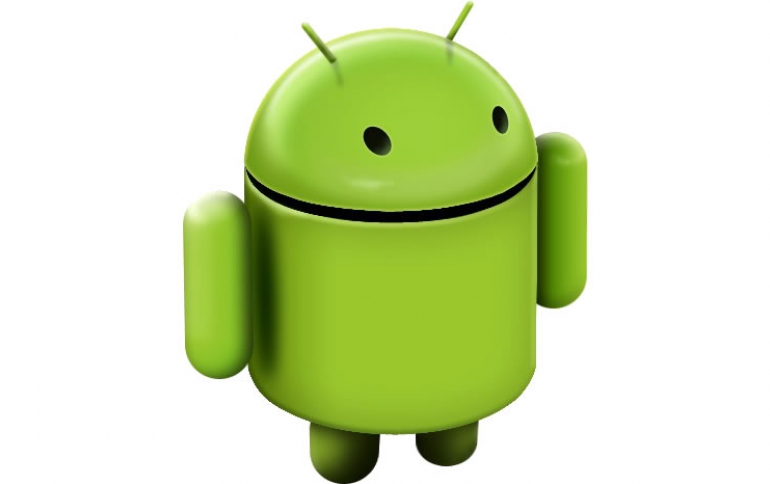
Google Launches Android Things Platform for Smart Devices
Google on Monday launched Android Things, platform for home appliances and other machines, following mixed results with Android offshoots for cars, smartwatches and televisions.
Android Things is hitting its 1.0 release today after launching to developers at the end of 2016. Google says the first devices - which include speakers from LG and iHome, and smart displays from LG, Lenovo, and JBL - will be released over the next several months.
Google says it will guarantee three years of free security patches to hardware makers and paid extended options. It is also considering automated security scans of device makers' apps.
Android Things lets Google handle some of the software and intelligence features, while allowing hardware companies to code for it using the Android tools.
With the new platform, Google aim to provide users with a consistent interface across devices, while Google and its business partners benefit from a standard way to distribute their applications.
One gadget that Google says is in the works, from Byteflies, is a docking station that transmits health data from wearables back to a company's servers. Another, from Mirego, is a large photo display meant for public settings.
Though Google does not charge hardware manufacturers for Android, it expects to generate a return as consumers use new gadgets to use search, watch videos on YouTube and buy content from its Play Store.
Android Things competes with Amazon.com's Greengrass system and Microsoft's Windows IoT.















